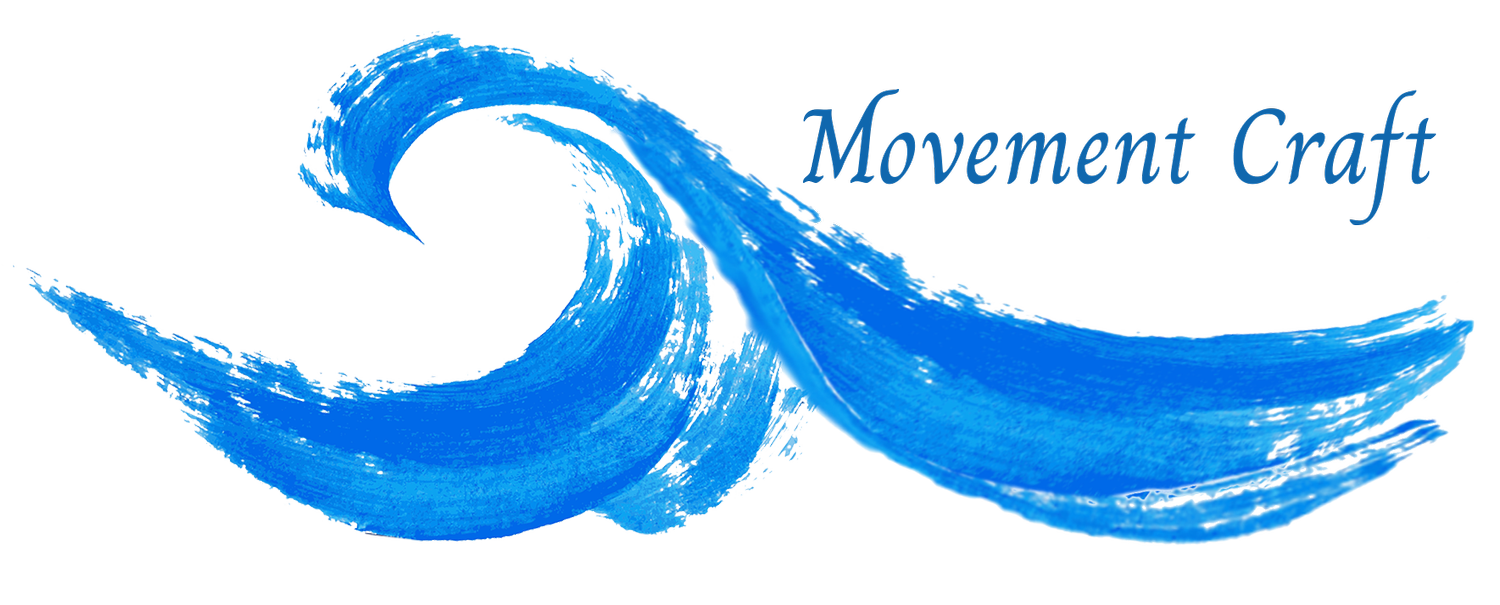Unleashing the Power of Fascia for Pain-Free Movement
Have you ever wondered how to achieve pain-free movement in your body? What if I told you that the secret lies in the power of your own fascia? Fascia is the connective tissue that plays a crucial role in our body's mobility, strength, and flexibility. In this blog post, I'll share some insights into fascia and how working with it can lead to life-changing results in pain management and overall well-being.
First, let's talk about what fascia is and where it's located. Fascia is a connective tissue, like a spider web, that connects everything in our body. It's made up of collagen, a protein that provides strength and flexibility. There are four layers of fascia in the body: superficial, deep, visceral, and parietal. We'll focus on the deep fascia, which surrounds the musculoskeletal system.
So, what does fascia do? Fascia holds our muscles together, allowing them to contract and stretch. It also provides a smooth surface for our muscles and joints to slide against each other without creating friction or tears. Moreover, fascia helps with joint stability, movement, and circulation. In a nutshell, fascia creates an environment that enables all of our body systems to work together harmoniously.
Now, let's discuss the difference between healthy and unhealthy fascia. Healthy fascia is flexible, stretches with us, and is smooth and slippery. In contrast, unhealthy fascia tightens up, forming adhesions that can restrict movement and cause pain. Factors contributing to the formation of these adhesions include limited physical activity, repetitive movements, trauma, surgery, injury, and inflammation.
The good news is that we can do a lot to improve our fascia when these adhesions form. By releasing our fascia, we can break down adhesions, soften them up, and realign our muscles. This allows for more effective movement, and when combined with regular stretching, it becomes an amazing tool for eliminating pain and managing discomfort.
So how can you release your own fascia? I recommend starting with some basic tools that you may already be familiar with, like foam rollers. These are great for some areas of the fascia, but they're not suitable for every part of the body. For a more comprehensive approach, consider using stationary devices for the feet and different sizes of balls. While you can start with simple items like tennis balls, golf balls, or lacrosse balls, specialized balls designed to target specific areas of the body can be incredibly effective.
In my own experience, I've found that working on all parts of the body, including the feet, spine, back, hips, shoulders, neck, and legs, can yield fantastic results. A consistent fascia regimen that checks in with every part of your body can be a game changer.
Of course, while there is tremendous benefit in working with and maintaining your own fascia, there is also value in receiving bodywork from a skilled practitioner. This could include treatments from Rolfers, active release specialists, or licensed massage therapists. Professional bodywork can help you reach areas that may be difficult to access on your own and provide additional support to your self-care efforts.
In conclusion, understanding the importance of fascia and learning how to work with it can be transformative for anyone seeking pain relief and improved mobility. By releasing and maintaining your fascia, you can take control of your body's health and enjoy a pain-free life. So why not give it a try? Explore the power of fascia for yourself and see the difference it can make in your well-being.
